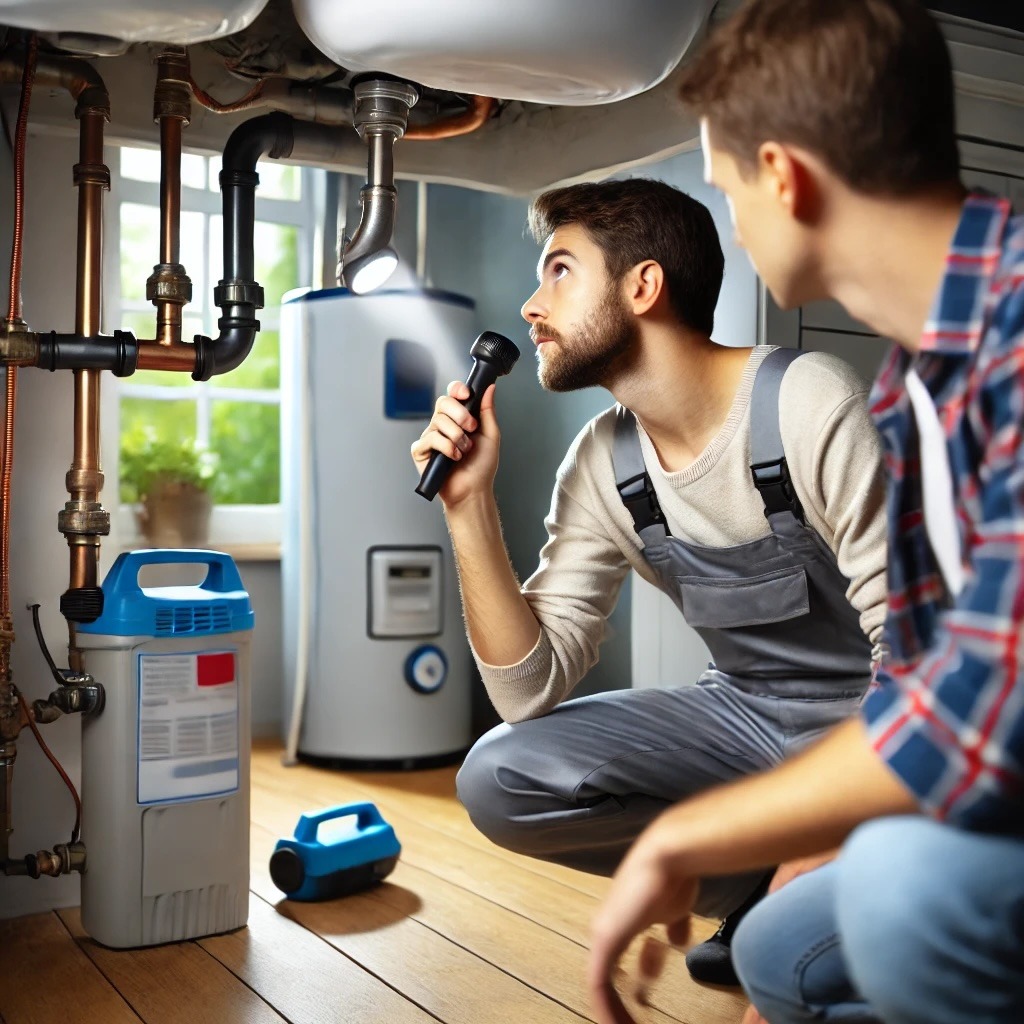
Your home's plumbing system plays a vital role in daily comfort, but without proper maintenance, small leaks can turn into expensive repairs. Regular inspections help prevent water damage, leaks, and corrosion, ensuring your water system runs efficiently year-round.
In this guide, we’ll cover how to inspect your plumbing system, common warning signs to look for, and essential maintenance tips to keep everything flowing smoothly.
Why Regular Plumbing Inspections Matter
Ignoring minor plumbing issues can lead to major damage, including:
🚰 Water Waste: A small leak can waste over 10,000 gallons of water annually
💸 Costly Repairs: Unnoticed leaks can cause structural damage, mold growth, and foundation issues
⚠️ Health Risks: Standing water from leaks can become a breeding ground for bacteria and pests
By scheduling routine plumbing checks, homeowners can avoid emergency repairs and extend the lifespan of their water systems.
Essential Plumbing Inspection Checklist
Check for Leaks & Corrosion
Leaks often go unnoticed until they cause visible damage. Here’s how to check:
✔ Inspect under sinks, behind appliances, and around toilets for water stains
✔ Look for corrosion or rust on pipes, especially in older homes
✔ Monitor your water meter—if it moves while no water is running, there’s a hidden leak
💡 Pro Tip: A simple way to check for toilet leaks is to add food coloring to the tank. If the color appears in the bowl within 30 minutes, you have a leak!
Test Water Pressure & Drain Flow
Low water pressure could indicate pipe buildup or leaks, while slow drainage might mean clogs or sewer line issues.
🚿 Run faucets in different areas of the house to check for consistent pressure
🛁 Observe how fast sinks, tubs, and showers drain water
🌀 Listen for gurgling sounds in drains—this can signal venting issues or blockages
Flush Your Water Heater Annually
Your water heater accumulates sediment buildup over time, reducing efficiency and increasing energy bills. Flushing it once a year helps prevent clogs and extends its lifespan.
🛠 How to Flush a Water Heater:
1️⃣ Turn off the power/gas supply
2️⃣ Connect a hose to the drain valve and let the water flow into a bucket
3️⃣ Open the cold-water valve to flush out sediment
4️⃣ Refill the tank and restart the heater
Regular maintenance ensures your water heater provides hot water efficiently and lasts 10–15 years without major issues.
Final Thoughts: Stay Proactive with Plumbing Maintenance
Regular plumbing checks help catch small issues before they escalate, saving you money, time, and stress. Whether it's checking for leaks, maintaining water pressure, or flushing your water heater, proactive home maintenance ensures your water system runs smoothly all year round.
💧 Have you done your plumbing check this year? Let us know in the comments!
 Add Row
Add Row  Add
Add 




 Add Row
Add Row  Add
Add 


Write A Comment